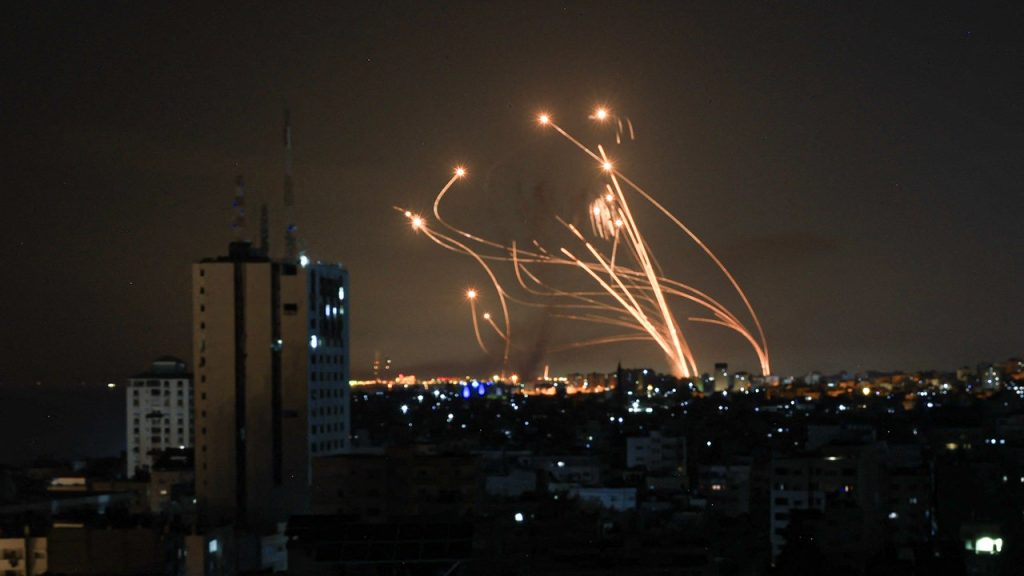Israel’s military technology was put to the test when it successfully defended against an attack by Iran. The defensive array included advanced systems such as the Iron Dome, David’s Sling, and Arrow 2 and 3, which are capable of intercepting a wide range of threats, including drones and missiles. The use of artificial intelligence (AI) has significantly improved the accuracy of these systems, allowing for better tracking of incoming threats and prioritization of targets. Israel’s partnership with U.S. Central Command played a crucial role in the success of the operation.
The role of AI in Israel’s defense operations has been highlighted by experts, who point to the significant impact of AI-powered algorithms in improving system accuracy and reducing operating costs. While the use of AI in targeting and intelligence analysis has been acknowledged by IDF officials, there are limitations to the capabilities of current AI-powered tools. Experts emphasize the importance of human involvement in making real-time decisions during live events with multiple incoming threats, such as the recent attack by Iran.
Israel’s defense against Hamas in Gaza has showcased the use of AI-based systems like Habsora for generating military targets for attack. However, allegations of mass assassinations using AI-powered tools are deemed as giving too much credit to the current capabilities of AI. While Israel has incorporated AI in various military applications, the country’s defense officials are actively involved in overseeing and controlling the use of AI in targeting and operational decisions.
The recent attack by Iran on Israel brought together multiple layers of the country’s advanced defense system, which includes both Israeli-developed technologies and collaborative efforts with the U.S. Israel’s missile defense technology has proven effective against a wide array of threats, from small UAVs to large ballistic missiles. The Israel-U.S. partnership has enabled seamless communication between radar and intercepting systems, allowing for enhanced coordination during defense operations.
Iran’s attack involved a variety of projectiles, including cruise missiles, ballistic missiles, and suicide drones. Despite most of the projectiles being intercepted, some damage was inflicted, including injuries to civilians. Israel’s defense strategy involved a combination of missile defense systems, fighter planes, cyberprotection, and disruption of satellite navigation to counter the threats. The successful defense operation also involved the deployment of the Oron spy plane, equipped with advanced sensors for tracking and destroying incoming threats.
The use of AI and advanced military technology in Israel’s defense operations has demonstrated the country’s ability to effectively counter evolving threats. While AI has played a significant role in enhancing system accuracy and operational efficiency, the human element remains crucial in decision-making during live events. Israel’s partnership with the U.S. has further strengthened its defense capabilities, allowing for seamless communication and coordination between different defense systems. The successful defense against Iran’s attack highlights Israel’s ongoing commitment to leveraging innovation and technology in ensuring national security.


